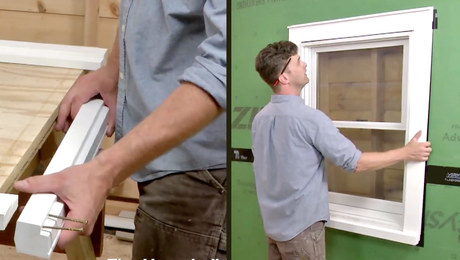Discussion Forum
Discussion Forum
Up Next
Video Shorts
Featured Story

A sleek, modern redesign maximizes space and light while preserving the building's historical charm.
Featured Video
How to Install Exterior Window TrimHighlights
Fine Homebuilding Magazine
- Home Group
- Antique Trader
- Arts & Crafts Homes
- Bank Note Reporter
- Cabin Life
- Cuisine at Home
- Fine Gardening
- Fine Woodworking
- Green Building Advisor
- Garden Gate
- Horticulture
- Keep Craft Alive
- Log Home Living
- Military Trader/Vehicles
- Numismatic News
- Numismaster
- Old Cars Weekly
- Old House Journal
- Period Homes
- Popular Woodworking
- Script
- ShopNotes
- Sports Collectors Digest
- Threads
- Timber Home Living
- Traditional Building
- Woodsmith
- World Coin News
- Writer's Digest


















Replies
When installing pipe or conduit through a masonry wall:
a. It must pass through a sleeve. This is typically a galvanized pipe - NOT tubing - min 1/2" larger in diameter.
b. Depending on pipe size, they make sealing gaskets for inside the sleeve. Otherwise use expanding foam. Apply expanding foam as close to the wet side of the wall as possible, if applicable.
c. Sleeve should be encased in hydraulic cement to bond it to the masonry wall.
d. Limit it to 1 pipe per sleeve.
e. Generally 6" separation for sleeves 2" or less.
Frankie
thanks for the info Frankie. very helpful
what about minimum distances from edges? same 6" rule apply?
thanks again